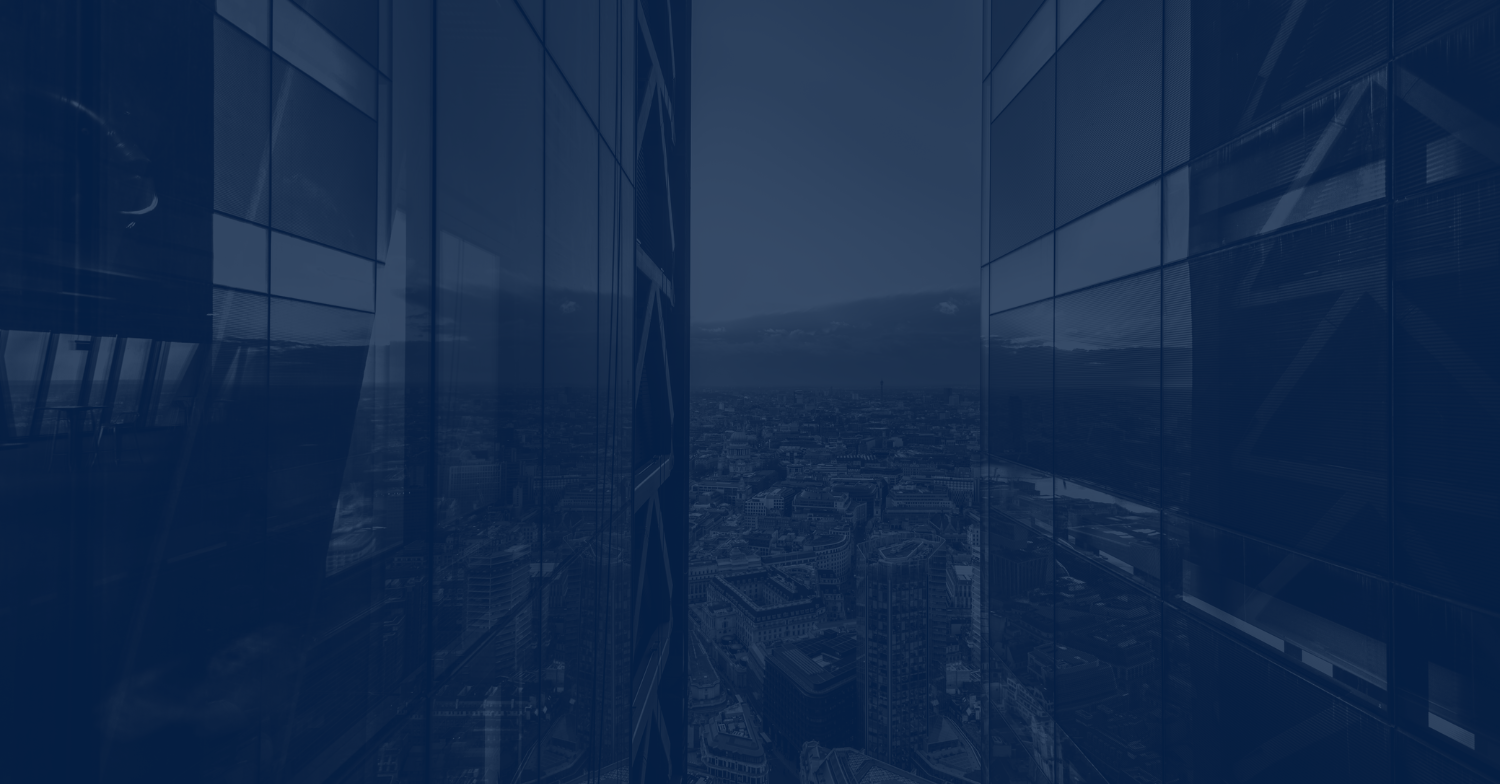Alt Credit sits down with the co-CEO George Hicks of Värde Partners, for an appropriately wide ranging discussion of the credit markets, as he prepares to take a back seat after nearly a quarter century at the helm of the firm.
The past few years have seen a number of credit and hedge fund managers go through huge turbulent change as founders have exited firms without a solid plan for what should happen next. Millennium’s now rival ExodusPoint is a case in point of what can go wrong if a founder gets it wrong, but, at the same time, names like BlueCrest, once a stalwart of the credit world, have converted into family offices as some firms didn’t really see past their founder.
Värde Partners is not one of these firms, as Ilfryn Carstairs steps up to become co-CEO alongside George Hicks, it’s clear that Värde is built to long outlast its founders. Alt Credit sat down with Hicks who is the last founding partner still involved in day-to-day management of the firm (and already has a timeline for joining one of the other founding partners, Marcia Page, on the firm’s board), to discuss how the firm has created a distinct culture and approach that will remain the Värde way after he moves upstairs.
Timing is key
One thing that sets Värde apart is that it is already one of the older credit managers around. Many of the firms currently going through succession issues, particularly in credit, were born out of the aftermath of the financial crisis, with teams picking up the credits they had previously traded on the cheap.
Värde was different, Greg McMillan, Marcia Page and Hicks were working at Cargill, where they started the merchant bank, which is now known as CarVal. They left to launch Värde Partners in 1993, without any big backers or balance sheet.
“At that point survival was our main goal, but we wanted to build a business that would last and we focused on the culture of the firm, rather than having a target for AUM growth,” says Hicks. “We caught the growth of alternatives just right as pensions and endowments started developing alternative allocations. The demand grew exponentially.”
Apart from the timing though, Cargill had given the founders a distinct outlook on the credit world. “Coming from Cargill we had a very international mindset, which became crucial to how we expanded the business.”
Apart from the timing though, Cargill had given the founders a distinct outlook on the credit world. “Coming from Cargill we had a very international mindset, which became crucial to how we expanded the business.”
“From the get-go, we developed a broad-based platform to find motivated sellers of debt, wherever they are. We invested in multiple asset types across public and private debt, consumer-related debt and private equity.”
Hicks continues: “Over the years, we’ve grown those businesses internationally, and established some of those asset classes as their own business lines. For example, our Private Equity business, which now invests across a number of sub-sectors in the financial services industry, grew out of our early expertise in consumer finance.
What we’ve always tried to do is build credibility by doing what we do well. I would’ve said to you in 1993 that we’re a distressed debt hedge fund, but now I’d say we’re a global alternatives firm with a focus on credit.”
International growth: partner led, local talent
Värde is one of the most international credit funds you can find for its size, claiming not to have a single head office but instead having major hubs in the US, London and Singapore.
“Our early experience investing in Europe taught us that firms with a presence on the ground, with the necessary language skills and local market experience, had better access to deals.”
The firm soon set a pattern to how it would approach new geographies. “We believed that Europe would become more important as we grew, so in 2004 we moved a partner to establish an office in London. Marcia Page, one of the founding partners, followed soon after in 2005 to set up the publicly traded business in the region.”
There are some common pitfalls when entering a new country though, apart from the investment landscape itself, there are cultural differences, communication obstacles, managers need to get the balance of autonomy right between offices, and make sure the various teams are incentivised to maintain the culture of the firm.
“Crucially, we didn’t set a target for investing in Europe,” says Hicks. “We saw the move as part of the growth of our business and instead focused on having a partner-led business and consistency of culture, supported by hiring experienced people in the local market.
In 2007, we executed a similar strategy in Asia, where a partner went to build the office, again hiring local talent. It ensured that our culture carried over, and we maintained our focus on excellence and underwriting. Today Asia represents about 20% of our business, and we hope that someday it will be split evenly between Europe, the US and Asia. Co-CEO Ilfryn Carstairs is an Australian, based in Singapore, and I think that’s a real statement as to how our business grows.”
Hicks continues: “It’s an interesting challenge to have a headquarterless model. The senior partners travel regularly to regional hubs in Singapore, London, New York and Minneapolis. Travelling to different offices is important to maintaining our culture.
”The ultimate credit decisions are centralised with the global investment committee and the partners, however. Hicks elaborates: “With a centralised platform to assess relative value across business lines, we don’t say ‘here’s $500m for India, put it to work’. We have a vision of what kind of volume we think we can achieve, but the committee will always take decisions based on where it believes the best opportunities lie and where capital should be allocated.”
Managing a global workforce means managing a diverse set staff. “Scaling the business in the right way and dealing with people’s motivations is key; if someone is doing a good job, making good decisions, even if they’re not putting money to work they will be rewarded.”
But it’s ultimately up to the investment committee to make the decision about whether investment in a certain area is worth it. Värde has largely forgone acquisitions in this global expansion, but has nonetheless teamed up with local partners.
“Acquiring another investment manager would be challenging, as it’s difficult to blend cultures,” says Hicks. Instead, the firm has invested in joint ventures. “For example, we are pursuing the acquisition, reinsurance and management of life and retirement businesses with Agam Capital,” he says. “We also have a JV with Aditya Birla Capital Limited, part of one of India’s largest onshore conglomerates, to pursue investments in stressed and distressed assets in the country.”
Asia, India and China
Nowhere has Värde’s international approach been more evident than in India. While a number of managers had begun piling into the country following reforms to the bankruptcy code, Värde has been one of the most committed, even KKR halted its plans for a fund following.
“When we first went to Asia, we mainly looked at Japan, Australia and New Zealand, where we understood the legal systems and business culture. We have since expanded into other countries, and our main focus today is India and Indonesia.
In India, the firm has an office in Mumbai and the JV with Aditya Birla Capital. “We largely began investing in India four years ago, as it fit our investment thesis,” says Hicks. “The country’s banks were sitting on around $200bn of bad debt and, when the government reformed its legal system to address the issue, it created incentives to sell assets.”
While the country’s recent reforms haven’t been all plain sailing, it’s on the right path. Hicks says: “India has taken steps to address the institutionalisation of distress in the country and adopted a new bankruptcy law. Certain cases have gone all the way through; the laws have been effective and we’ve seen precedents develop.”
Meanwhile, the timing hasn’t yet been quite right for the other great Asian economy, China.
Hicks says: “We currently have one person focusing on the Chinese liquid space, but, at present, we don’t see the same resolve in China to sell assets, and we’re not yet quite as comfortable with the legal system.”
But Hicks certainly isn’t ruling the country out for investment. “Mainland China has been on our radar for a long time – that would be the next pivot in Asia and we will invest there in the future,” he says.
“China is an example of one of the places where we want to be doing the work to understand the market now, so that we can be prepared to invest when there is a change that creates those motivated sellers.”
Timing the global cycle
This goes backs to Värde’s view on timing. To paraphrase a popular drinking phrase: there is always a cycle somewhere in the world.
“Our 25 years in the industry has led us to see that there is not one cycle; there are big cycles, and then there are multiple smaller cycles stemming from that,” says Hicks. “Across our global platform we can analyse individual cycles around the world. We’re looking for places with a lot of leverage and in an industry that is undergoing structural changes. For example, today we’re very active in India, which has a very different credit cycle to the US.”
That doesn’t mean the US opportunity has completely dried up in the 12 years since the crisis, Hicks still sees some mispricing and more granular opportunities, it is very active in the PG&E bankruptcy and has a team looking at energy, shipping, telcos and healthcare, but the next big cycle is yet to come.
“There is going to be another recession at some point and when the big cycle ultimately comes, defaults will go up over 10%,” he warns. “The way you deal with a bigger cycle is good downside protection, and being ready to take advantage. Frankly, when the cycles come, that’s an opportunity, the key is to be ready for it, so we’re doing the due diligence now.”
And it’s not just the credit analysis that needs to be ready. “You have to have the right amount of capital to capitalise on the opportunity set,” Hicks adds, suggesting that the firm would raise a bigger fund to capitalise on the scale of another US cycle.
“At the moment we’re still focused on some of the structural plays and systemic areas of distress. We are still active in Southern Europe, and India also fits into that.”
Leaving a legacy
“Transition and succession is a process, not an event, and something I’ve been in the middle of for about 10 years now,” says Hicks.
Originally three founding partners ran the place equally, then McMillan retired in 2008 and remains ‘a friend of the firm’, while Marcia was elevated to executive chair in 2016. Ilfryn now joins Hicks for the next two years as co-CEO, then Hicks will move to be chair too and Carstairs is set to become the sole CEO. “There are 16 partners that are a big part of our story, so it’s an evolution.” says Hicks.
In contrast, there are a lot of firms in the industry that get to that $10-15bn size and fall by the wayside because the firm can’t outlive the founder, Hicks highlights: “What we’ve done is create a firm that we believe can continue to grow, and Ilfryn emerged as the natural successor.”
There are lot of investment firms that haven’t been through an economic cycle. Some firms, including fairly large ones, have stumbled during the good times, so when a cycle does come we will see some wash out of credit managers.
Originally published by Alt Credit Fund Intelligence.
Media Contact
Värde Partners Communications and Public Affairs

